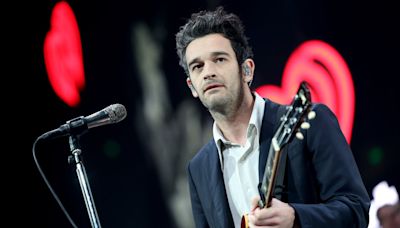Search results
How Music Works is a non-fiction book by David Byrne, a musician, composer, and writer best known for his work with the group Talking Heads. He discusses the form and influence of music in a non-linear narrative fashion, using a variety of experiences from his career to create something part autobiography and part music theory .
- David Byrne
- 2012
Sep 12, 2012 · Touching on the joy, the physics, and even the business of making music, How Music Works is a brainy, irresistible adventure and an impassioned argument about music’s liberating, life-affirming power.
- 2012
- David Byrne
How Music Works is a comprehensive suite of multimedia tutorials which explain music in clear, simple language you can relate to. Packed with over 115 topics in nine tutorials, and illustrated with 360 diagrams and 750 demonstration sounds , the tutorials start with the very basics of music and advance to topics which are valuable even for ...
About How Music Works. NEW YORK TIMES BESTSELLER • David Byrne’s incisive and enthusiastic look at the musical art form, from its very inceptions to the influences that shape it, whether acoustical, economic, social, or technological—now updated with a new chapter on digital curation.
- Paperback
May 2, 2017 · NEW YORK TIMES BESTSELLER • David Byrne’s incisive and enthusiastic look at the musical art form, from its very inceptions to the influences that shape it, whether acoustical, economic, social,...
May 2, 2017 · NEW YORK TIMES BESTSELLER • David Byrne’s incisive and enthusiastic look at the musical art form, from its very inceptions to the influences that shape it, whether acoustical, economic, social, or technological—now updated with a new chapter on digital curation.





